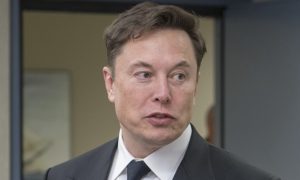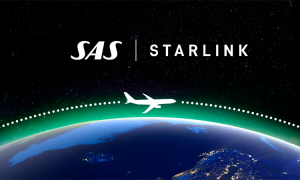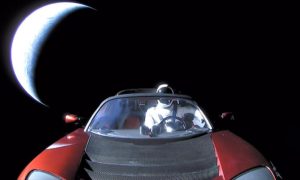

News
SpaceX Falcon 9 booster fires up ahead of NASA launch and surprise drone ship landing
SpaceX has successfully fired up a new rocket ahead of what is now believed to be a surprise Falcon 9 booster drone ship landing, to follow shortly after the company’s upcoming CRS-19 Cargo Dragon resupply mission for NASA.
Around 5:30 pm EST (22:30 UTC) on November 26th, a Falcon 9 rocket – featuring a rare unflown booster – successfully performed a wet dress rehearsal (WDR) and ignited all nine of its first age Merlin 1D engines, verifying the rocket’s health and perfectly simulating a launch right up to the point of liftoff. With that routine static fire complete, SpaceX now has a luxurious seven days to bring the rocket horizontal, roll it back into LC-40’s integration and processing hangar, install Cargo Dragon atop the second stage, and roll the fully-integrated rocket back out to the launch mount.
According to NASASpaceflight.com reporter Michael Baylor, SpaceX decided to swap boosters, moving Falcon 9 B1056.3 to a commercial satellite mission and assigning B1059.1 to Cargo Dragon’s NASA CRS-19 resupply mission. Prior to visual confirmation of this shift, NASA and SpaceX had indicated interest in flying Block 5 booster B1056 for a third time after it successfully completed its second launch and landing for NASA on July 25th, 2019. That would have been the first time NASA certified a twice-flown SpaceX booster to launch a NASA mission, a critical step along the path to making booster reuse routine – even for SpaceX’s highest-profile customers.
Instead, B1056.3 is now scheduled to launch the Kacific-1/JCSAT-18 commsat no earlier than December 15th, while CRS-19 is scheduled to lift off at 12:51 pm EST (17:51 UTC) on December 4th. As with most other missions designed to quickly rendezvous with the International Space Station (ISS), CRS-19’s launch window is effectively instantaneous, meaning that any issue during the countdown or day-of preparations will force a ~24-hour recycle.
Aside from it being unclear why exactly NASA, SpaceX, or both parties decided against launching B1056 for the third time on CRS-19, the mission features another minor mystery. Instead of using the performance left over from such a light launch to low Earth orbit (LEO) to return the booster to launch site (RTLS) and land at SpaceX’s LZ-1/2 landing pads, it appears that Falcon 9 B1059 will attempt to land aboard drone ship Of Course I Still Love You (OCISLY).
Since April 2016, SpaceX has only once intentionally recovered Falcon 9 by sea after a Cargo Dragon launch. That particularly recovery occurred during CRS-17 in May 2019, just a few weeks after Crew Dragon capsule DM-1 catastrophically exploded just prior to an attempted static fire test located adjacent to LZ-1/2. That explosion littered the area with evidence, precluding Falcon 9’s planned LZ-1 recovery in the same way that a police helicopter would likely try to avoid landing directly on top of an active crime scene. In that case, extraordinary attenuating circumstances were required before SpaceX redirected a CRS launch’s booster recovery to a drone ship.
Seemingly lacking similarly extraordinary circumstances, it remains to be seen whether SpaceX or NASA will offer an explanation for the unexpected change in plans. On the plus side, an unexpected Falcon 9 drone ship landing also means an unexpected Port Canaveral return, which should offer increasingly rare views of a once-flown Falcon 9 booster.
Routinely reusable spacecraft
As expected, CRS-19 will become the second orbital launch of a twice-flown Cargo Dragon capsule, flexing SpaceX’s reusability muscles in the much less forgiving realm of orbital spacecraft. On July 25th, CRS-18 became the first such mission to reuse a twice-flown spacecraft, leaving SpaceX with several additional twice-flown Cargo Dragon capsules as the only plausible options for its remaining three CRS1 missions.
SpaceX says that CRS-19’s Cargo Dragon capsule previously flew CRS-4 (Sept 2014) and CRS-11 (June 2017), identifying it as capsule C106. As it turns out, C106 supported SpaceX’s first Cargo Dragon capsule reuse, making it a fairly historic vehicle – the first commercial orbital spacecraft reused in history. Beginning with CRS-3, Dragon 1 vehicles were designed to support up to three orbital missions each, leaving SpaceX with four possible capsules (C110-C113) capable of supporting CRS-20, Dragon 1’s last planned launch.
Check out Teslarati’s Marketplace! We offer Tesla accessories, including for the Tesla Cybertruck and Tesla Model 3.
News
Armored Tesla Cybertruck “War Machine” debuts at Defense Expo 2025
Lorem ipsum dolor sit amet, consectetur adipisicing elit, sed do eiusmod tempor incididunt ut labore et dolore magna aliqua.
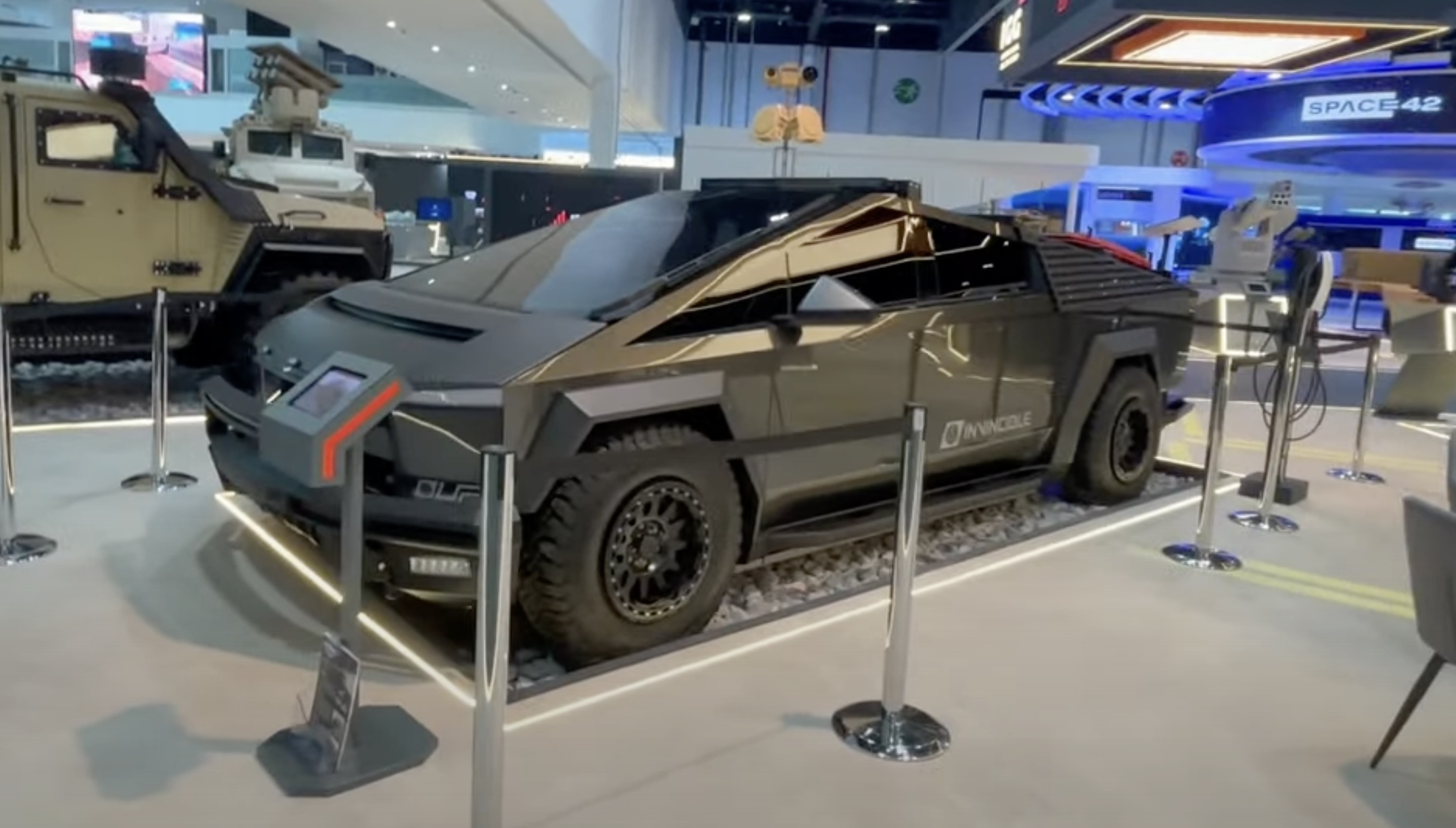
Temporibus autem quibusdam et aut officiis debitis aut rerum necessitatibus saepe eveniet ut et voluptates repudiandae sint et molestiae non recusandae. Itaque earum rerum hic tenetur a sapiente delectus, ut aut reiciendis voluptatibus maiores alias consequatur aut perferendis doloribus asperiores repellat.
Lorem ipsum dolor sit amet, consectetur adipisicing elit, sed do eiusmod tempor incididunt ut labore et dolore magna aliqua. Ut enim ad minim veniam, quis nostrud exercitation ullamco laboris nisi ut aliquip ex ea commodo consequat.
“Duis aute irure dolor in reprehenderit in voluptate velit esse cillum dolore eu fugiat”
Nemo enim ipsam voluptatem quia voluptas sit aspernatur aut odit aut fugit, sed quia consequuntur magni dolores eos qui ratione voluptatem sequi nesciunt.
Et harum quidem rerum facilis est et expedita distinctio. Nam libero tempore, cum soluta nobis est eligendi optio cumque nihil impedit quo minus id quod maxime placeat facere possimus, omnis voluptas assumenda est, omnis dolor repellendus.
Nulla pariatur. Excepteur sint occaecat cupidatat non proident, sunt in culpa qui officia deserunt mollit anim id est laborum.
Sed ut perspiciatis unde omnis iste natus error sit voluptatem accusantium doloremque laudantium, totam rem aperiam, eaque ipsa quae ab illo inventore veritatis et quasi architecto beatae vitae dicta sunt explicabo.
Neque porro quisquam est, qui dolorem ipsum quia dolor sit amet, consectetur, adipisci velit, sed quia non numquam eius modi tempora incidunt ut labore et dolore magnam aliquam quaerat voluptatem. Ut enim ad minima veniam, quis nostrum exercitationem ullam corporis suscipit laboriosam, nisi ut aliquid ex ea commodi consequatur.
At vero eos et accusamus et iusto odio dignissimos ducimus qui blanditiis praesentium voluptatum deleniti atque corrupti quos dolores et quas molestias excepturi sint occaecati cupiditate non provident, similique sunt in culpa qui officia deserunt mollitia animi, id est laborum et dolorum fuga.
Quis autem vel eum iure reprehenderit qui in ea voluptate velit esse quam nihil molestiae consequatur, vel illum qui dolorem eum fugiat quo voluptas nulla pariatur.
News
Tesla Megapacks chosen for 548 MWh energy storage project in Japan
Tesla plans to supply over 100 Megapack units to support a large stationary storage project in Japan, making it one of the country’s largest energy storage facilities.
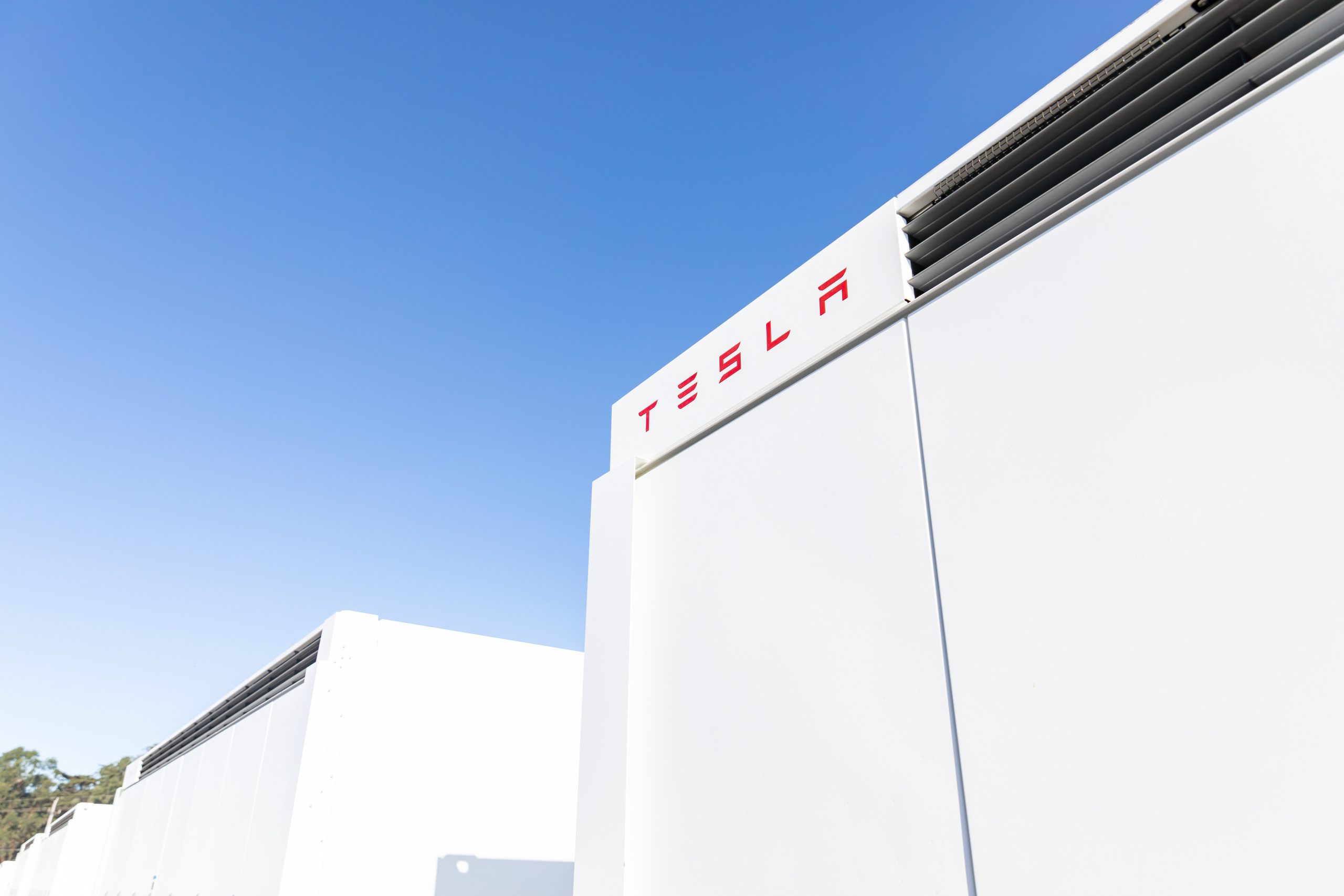
Tesla’s Megapack grid-scale batteries have been selected to back an energy storage project in Japan, coming as the latest of the company’s continued deployment of the hardware.
As detailed in a report from Nikkei this week, Tesla plans to supply 142 Megapack units to support a 548 MWh storage project in Japan, set to become one of the country’s largest energy storage facilities. The project is being overseen by financial firm Orix, and it will be located at a facility Maibara in central Japan’s Shiga prefecture, and it aims to come online in early 2027.
The deal is just the latest of several Megapack deployments over the past few years, as the company continues to ramp production of the units. Tesla currently produces the Megapack at a facility in Lathrop, California, though the company also recently completed construction on its second so-called “Megafactory” in Shanghai China and is expected to begin production in the coming weeks.
READ MORE ON TESLA MEGAPACKS: Tesla Megapacks help power battery supplier Panasonic’s Kyoto test site
Tesla’s production of the Megapack has been ramping up at the Lathrop facility since initially opening in 2022, and both this site and the Shanghai Megafactory are aiming to eventually reach a volume production of 10,000 Megapack units per year. The company surpassed its 10,000th Megapack unit produced at Lathrop in November.
During Tesla’s Q4 earnings call last week, CEO Elon Musk also said that the company is looking to construct a third Megafactory, though he did not disclose where.
Last year, Tesla Energy also had record deployments of its Megapack and Powerwall home batteries with a total of 31.4 GWh of energy products deployed for a 114-percent increase from 2023.
Other recently deployed or announced Megapack projects include a massive 600 MW/1,600 MWh facility in Melbourne, a 75 MW/300 MWh energy storage site in Belgium, and a 228 MW/912 MWh storage project in Chile, along with many others still.
What are your thoughts? Let me know at zach@teslarati.com, find me on X at @zacharyvisconti, or send us tips at tips@teslarati.com.
Tesla highlights the Megapack site replacing Hawaii’s last coal plant
Need accessories for your Tesla? Check out the Teslarati Marketplace:
News
Elon Musk responds to Ontario canceling $100M Starlink deal amid tariff drama
Ontario Premier Doug Ford said, opens new tab on February 3 that he was “ripping up” his province’s CA$100 million agreement with Starlink in response to the U.S. imposing tariffs on Canadian goods.
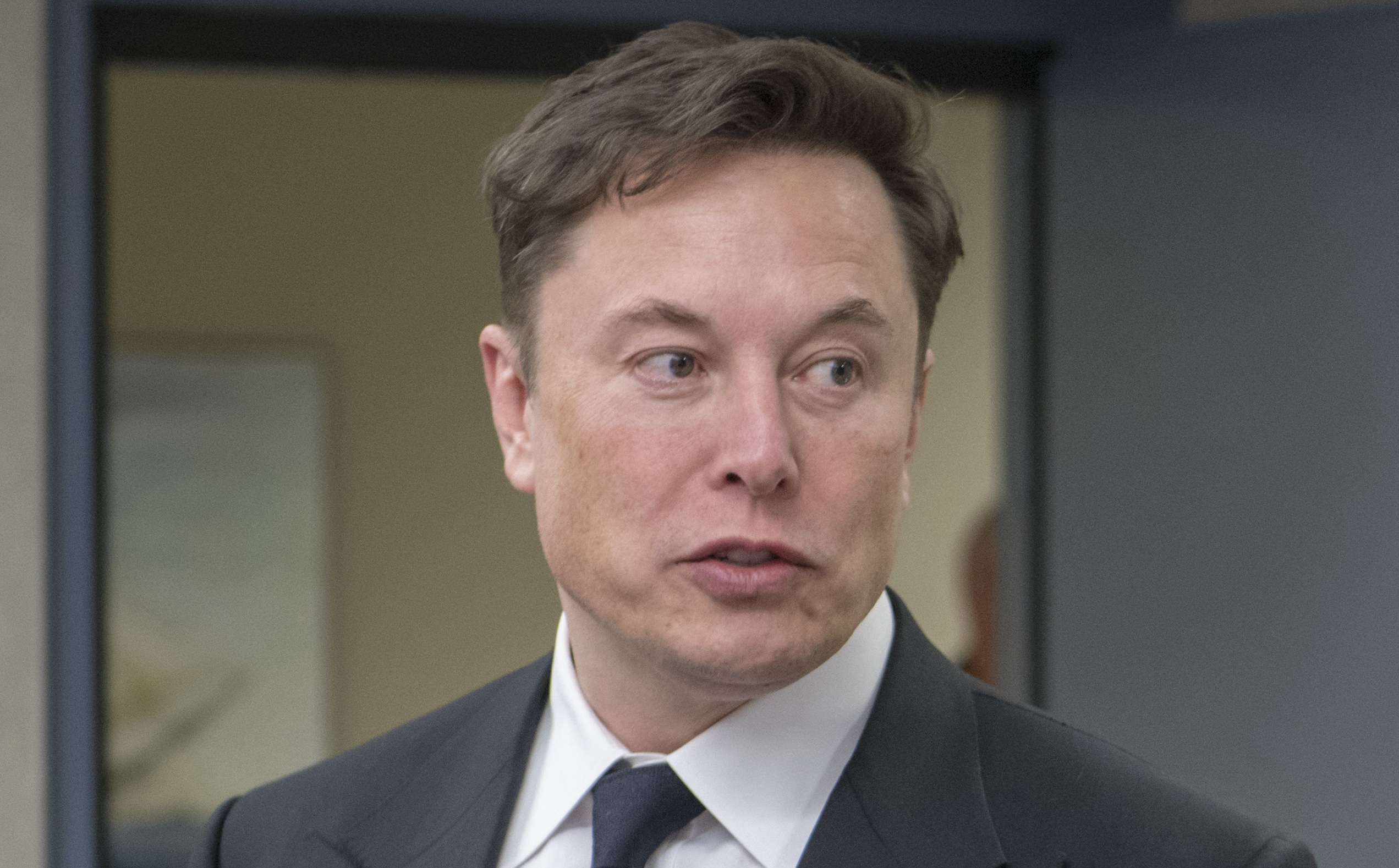
Elon Musk company SpaceX is set to lose a $100 million deal with the Canadian province of Ontario following a response to the Trump administration’s decision to apply 25 percent tariffs to the country.
Starlink, a satellite-based internet service launched by the Musk entity SpaceX, will lose a $100 million deal it had with Ontario, Premier Doug Ford announced today.
Starting today and until U.S. tariffs are removed, Ontario is banning American companies from provincial contracts.
Every year, the Ontario government and its agencies spend $30 billion on procurement, alongside our $200 billion plan to build Ontario. U.S.-based businesses will…
— Doug Ford (@fordnation) February 3, 2025
Ford said on X today that Ontario is banning American companies from provincial contracts:
“We’ll be ripping up the province’s contract with Starlink. Ontario won’t do business with people hellbent on destroying our economy. Canada didn’t start this fight with the U.S., but you better believe we’re ready to win it.”
It is a blow to the citizens of the province more than anything, as the Starlink internet constellation has provided people in rural areas across the globe stable and reliable access for several years.
Musk responded in simple terms, stating, “Oh well.”
Oh well https://t.co/1jpMu55T6s
— Elon Musk (@elonmusk) February 3, 2025
It seems Musk is less than enthused about the fact that Starlink is being eliminated from the province, but it does not seem like all that big of a blow either.
As previously mentioned, this impacts citizens more than Starlink itself, which has established itself as a main player in reliable internet access. Starlink has signed several contracts with various airlines and maritime companies.
It is also expanding to new territories across the globe on an almost daily basis.
With Mexico already working to avoid the tariff situation with the United States, it will be interesting to see if Canada does the same.
The two have shared a pleasant relationship, but President Trump is putting his foot down in terms of what comes across the border, which could impact Americans in the short term.

